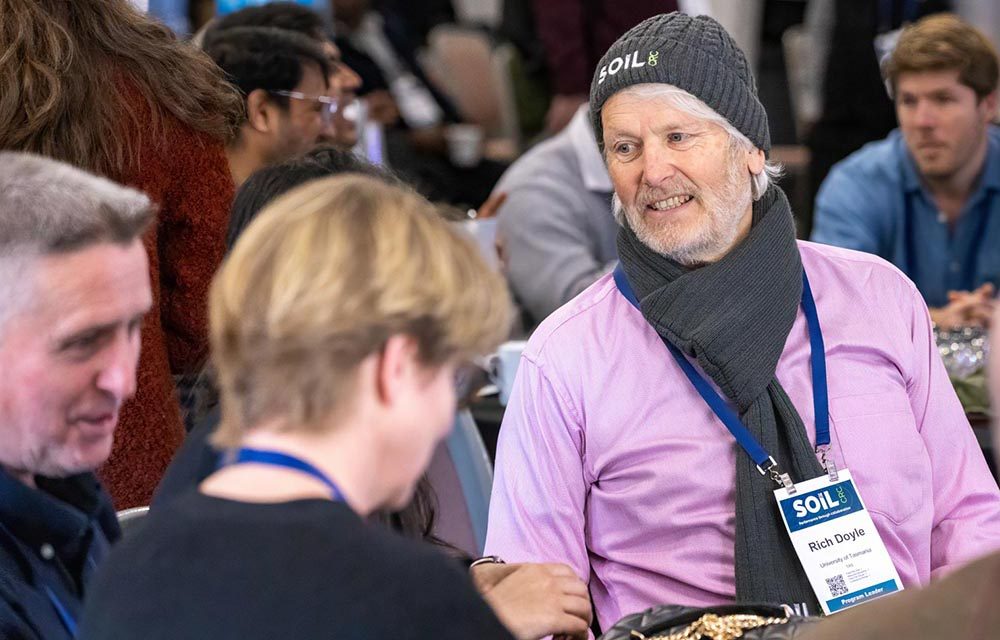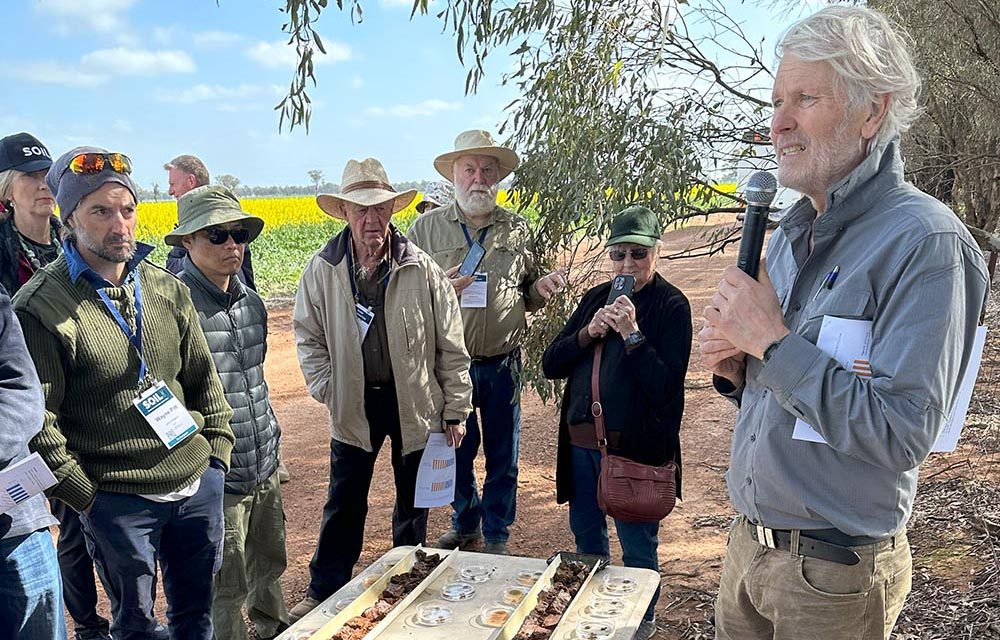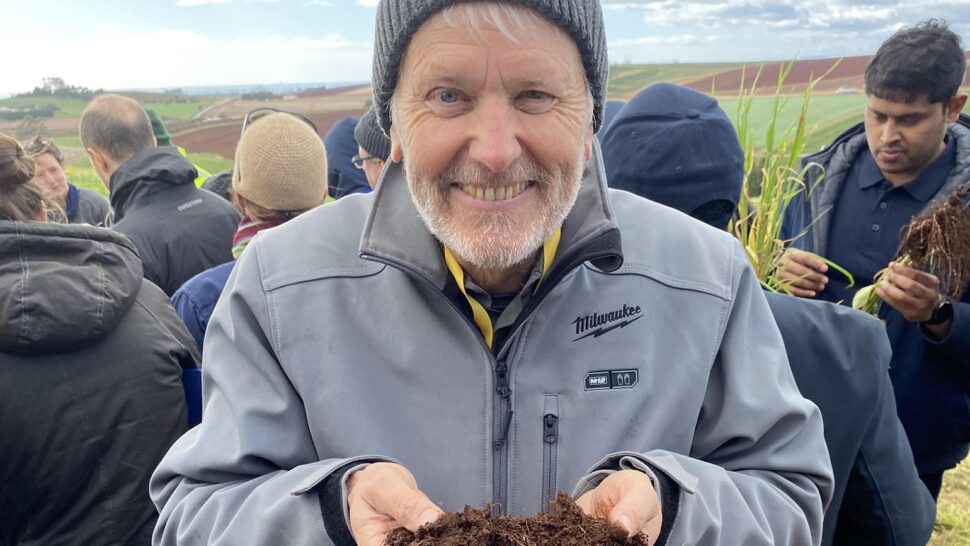Last month, the Soil CRC bid farewell to our Program 2 Leader, Dr Richard Doyle, who leaves his teaching and research role at the University of Tasmania to embark on new adventures both in Australia and in New Zealand. Here, we reflect on Rich’s career, his time with the Soil CRC and what comes next.
Rich’s passion for soil health is infectious. While his soil knowledge is remarkable, his enthusiasm for soil science is second to none.
“Soil is the most important buffer for environment degradation; it is so important to understand the science of soil and the complexity of sustainable soil management,” Rich said.
Inspiration starts at home
“I grew up in New Zealand, surrounded by incredible landscapes—rocky mountains, volcanic plateaus, rolling hills and pastures—and wanted to understand how they were formed and how they all fit together,” Rich explained.
Spurred by curiosity, Rich completed a degree in Geology and Physical Geography at Victoria University of Wellington, New Zealand.
“I went on to do Honours in New Zealand river sediments used in the concrete industry, then a Masters in soil science and geoarchaeology in Greece, before completing my PhD in understanding the history of soil formation and erosion in northwestern Greece.
“My training and experiences now span all areas of soil science, land evaluation, geomorphology, geology and physical geography.”
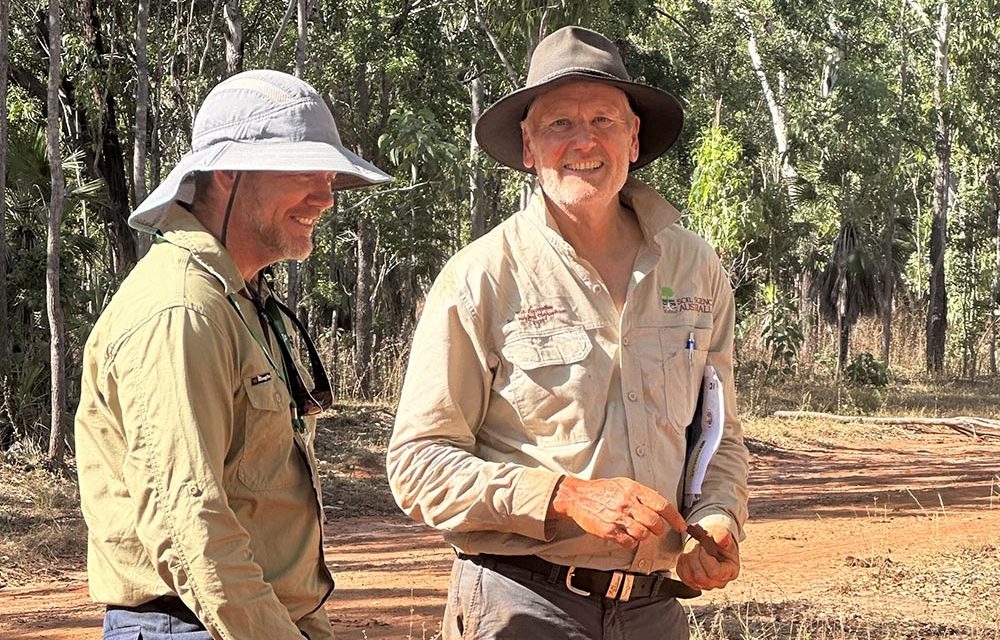
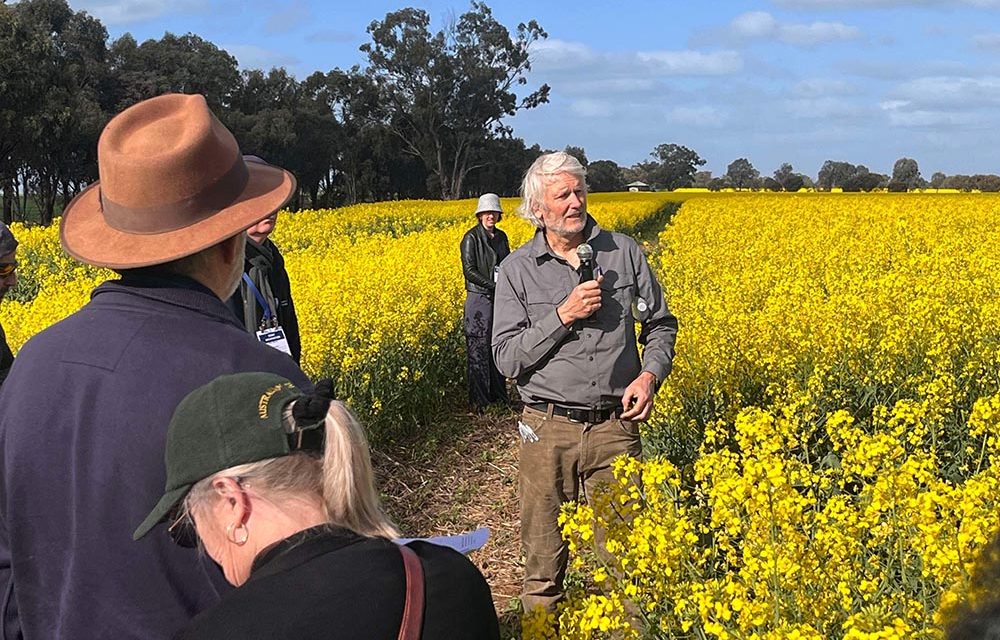
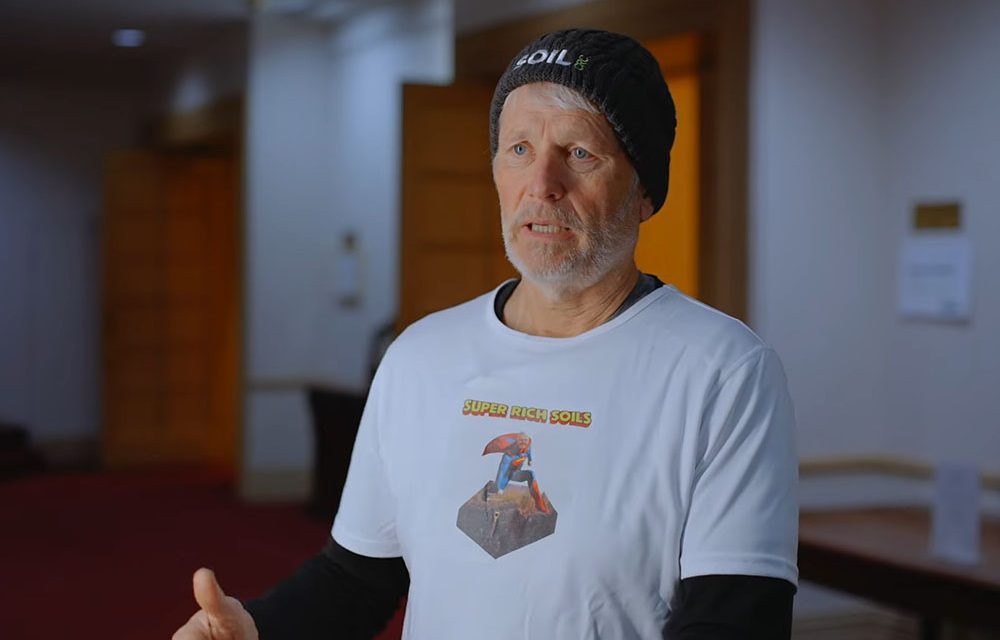
Collaborative research strikes a chord
Rich contributed to the initial Soil CRC application and was appointed as the leader of Program 2 when the Soil CRC commenced in 2017, bringing with him a wealth of knowledge and a strong desire to make a difference.
“I heard about the Soil CRC during the bid stage and was excited by the range and diversity of activities that were outlined.
“The four programs and their multi-disciplinary approach piqued my interest—looking at the social and economic aspects of soil stewardship, finding new and easier ways to measure soil performance, developing new products to increase soil fertility, and then bringing it all together to deliver integrated solutions for soil management.”
But it is the collaborative nature of the Soil CRC that really struck a chord with Rich.
“The Soil CRC delivers genuine collaboration between universities, government agencies and diverse farmer groups to ensure its research outputs are useful, practical and adoptable.
“This collaboration is a real strength of the Soil CRC; connecting scientists to farmer groups has enabled a two-way flow of communication that is so important in soil research,” Rich said.
“Collaboration and knowledge sharing between researchers is also critical. It has been fantastic to see soil scientists working together with social scientists, computer programmers and engineers to solve complex soil management issues.
“‘Performance through collaboration’ is not just a tagline, it’s central to how the Soil CRC operates.”
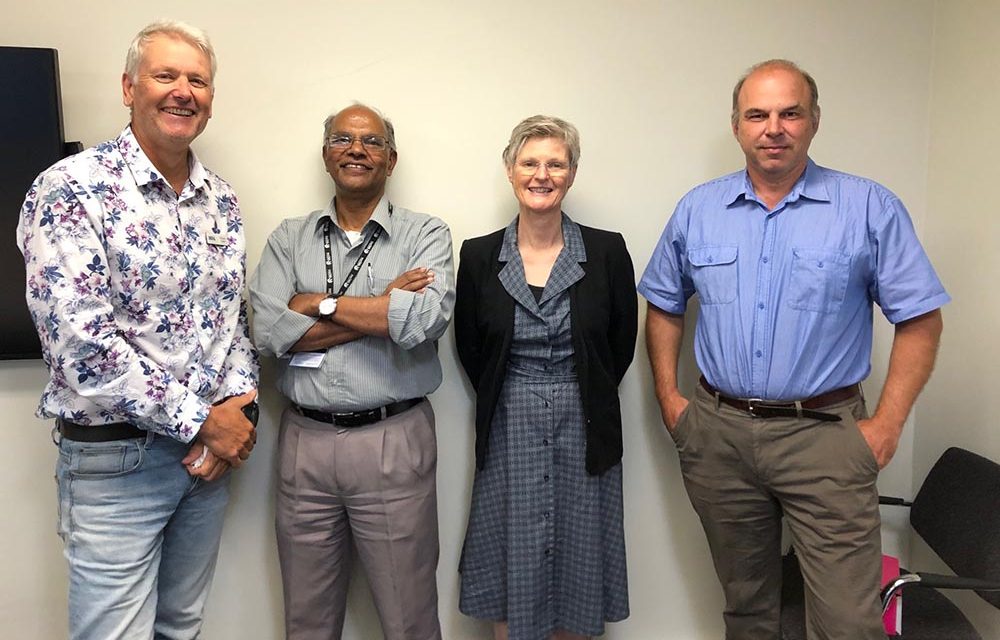
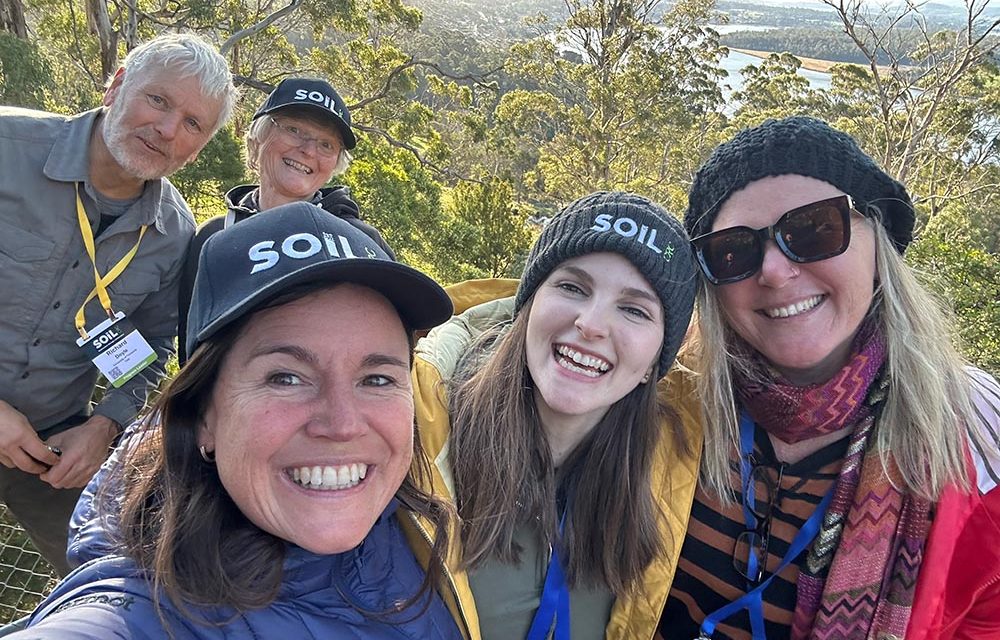
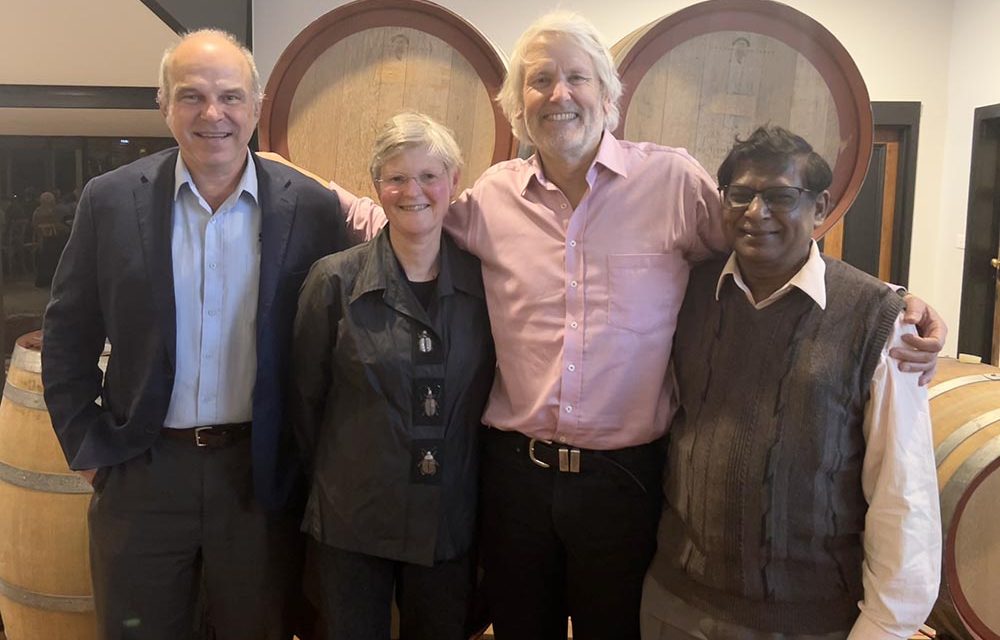
Engaging the next generation of soil scientists
When he wasn’t leading Program 2, Rich was lecturing in Soil Science at the University of Tasmania—a position he has held for over 30 years.
“I’ve loved exploring the interdisciplinary nature of soil science with my students and helping them understand the complexity of soils,” Rich enthused.
He has co-supervised 30 PhD and Masters by research candidates and many more Honours candidates.
“It has been an absolute privilege to be able to share my passion for soil health with some of our future soil scientists—I hope I’ve been able to inspire them to further expand our knowledge of soil and to use this knowledge to improve the way we manage and protect this critical natural resource.”
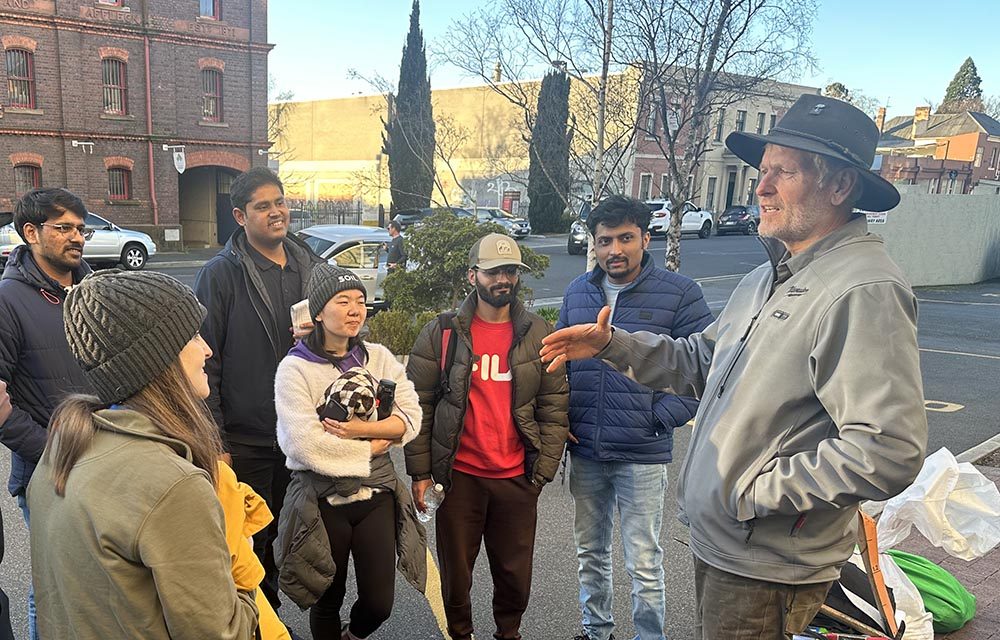
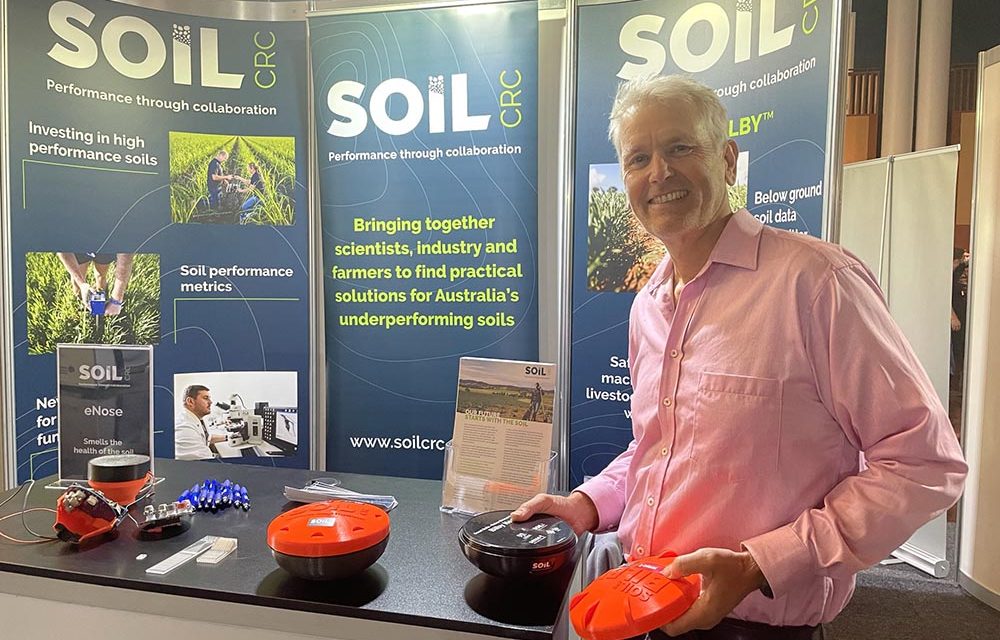
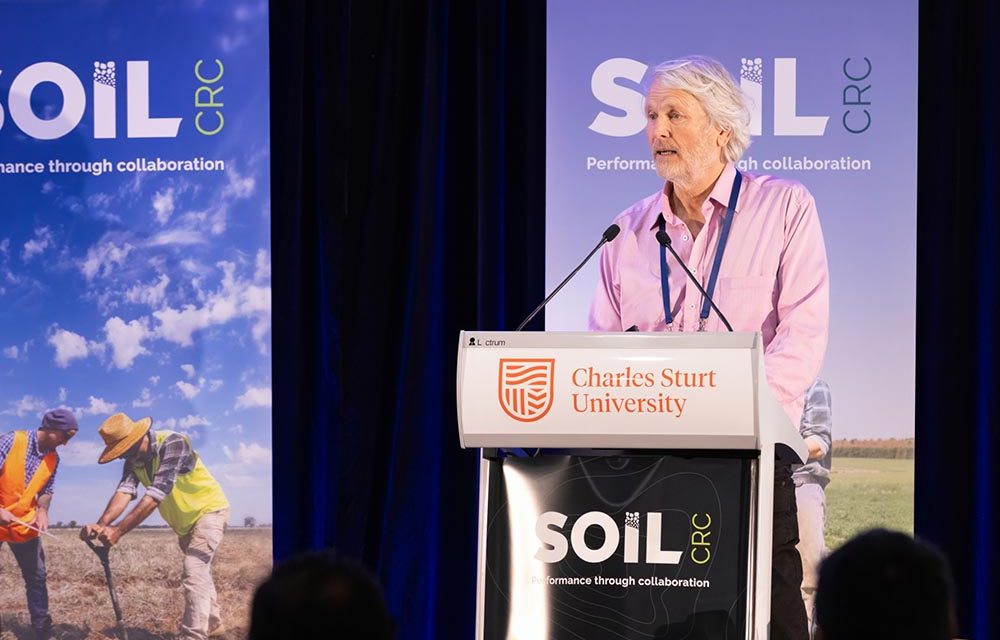
Looking to the future
Rich is excited by what the Soil CRC will achieve over the remaining two and a half years of its 10-year funded life.
“Collectively, we have already achieved so much, but I’m particularly keen to see the commercialisation of our smart soil sensor technologies, so these tools can be put in the hands of farmers and advisors for on-farm use,” he said.
“As a program leader, it has been very rewarding to see the development of soil research, but also the growth of the people involved in the Soil CRC—enhancing project leading capabilities, research skills and extension expertise.
“I’m really looking forward to seeing what’s in store for the 40+ Soil CRC postgraduate students, as they complete their PhDs and continue their careers in soil science and agriculture more broadly.
“I believe the Soil CRC will leave an important legacy, not only through its real-world research outputs but through the networks it has forged and through the development of its people,” Rich said.
“I’m optimistic that the Soil CRC’s outputs will have impact beyond the farmgate—to the sports fields, golf courses, regional councils, governments, schools, universities and corporate sector.
“I’m proud to have been involved in the Soil CRC and to have successfully led Program 2 from the very beginning. I’m eager to see what comes next for soil research in Australia.”
But what’s next for Rich? Firstly, some well-deserved downtime with family and friends.
“I am off to New Zealand for several months for three family weddings and some camping tours of both the North and South Islands with my fiancée, Christina” he said.
“I’m excited to be able to spend more time with Christina, my elderly parents and my two brothers and two sisters, who all live in New Zealand.
“For the next few years, I plan to balance my time between Hobart and Hamilton, as both my children are at the University of Tasmania—Brianna who completed a degree in Psychology in 2024 is now finalising a second major in mathematics, while Calum is following his father’s footsteps and starting out on a degree in geology.”
Rich said he will also take some time to reflect on life’s journey so far and on new directions he may take.
“Marriage, continued instruction of glider pilots and tow pilots in Tasmania and in New Zealand, some international travel and perhaps a new activity, like a building project.
“I will also continue to advocate for soil health, and I welcome opportunities related to this. I will be working on a few such projects as I continue as an adjunct senior research fellow at the University of Tasmania,” Rich concluded.
Soil CRC CEO, Dr Michael Crawford, expressed his gratitude for Rich’s leadership and the enthusiasm he brought to his role as Program 2 Leader.
“Richard has made a fantastic contribution to the Soil CRC and many of us have benefited from his insights and enthusiasm” Dr Crawford said.
“Of particular note is the way in which he has connected diverse discipline expertise to collectively address challenges in soil metrics, with a focus on ensuring farmers are better placed to collect and understand data about their soil performance.
“He has also played a key role in our annual conference, leading the organisation of the field trips with a focus on bringing people together to better understand soil function and the landscapes in which we work. I wish him well for the future.”
